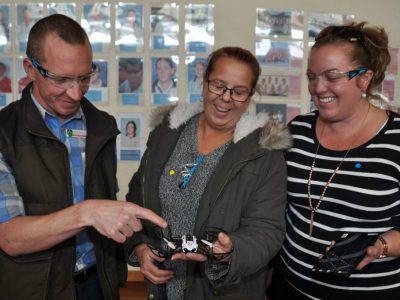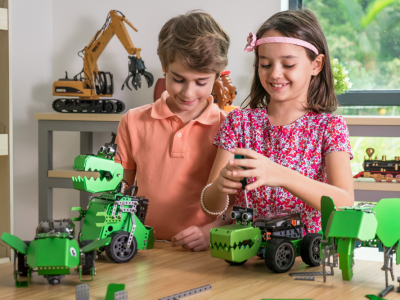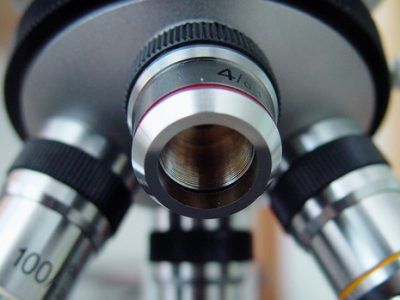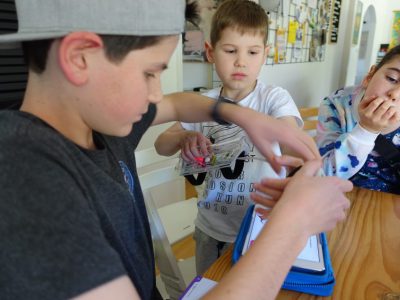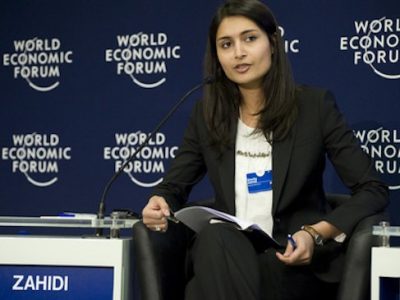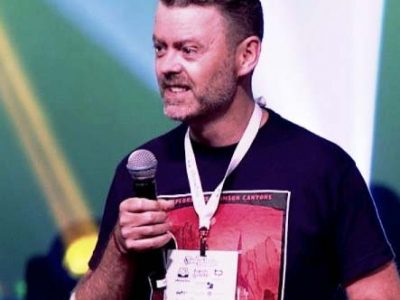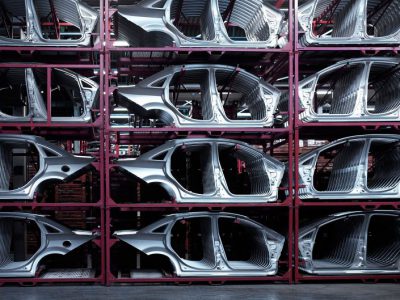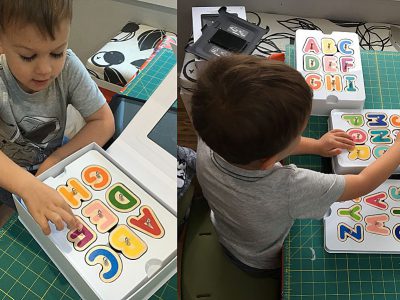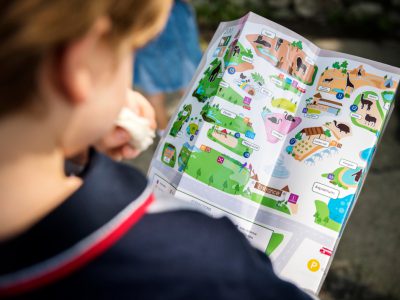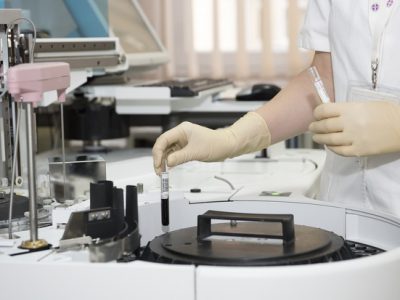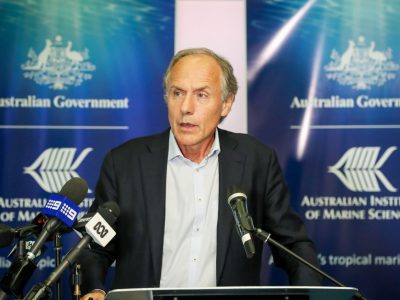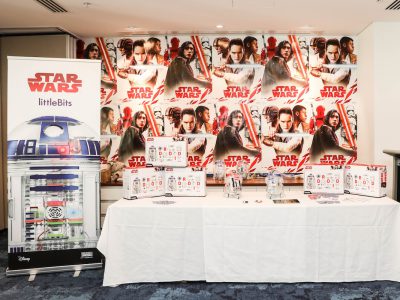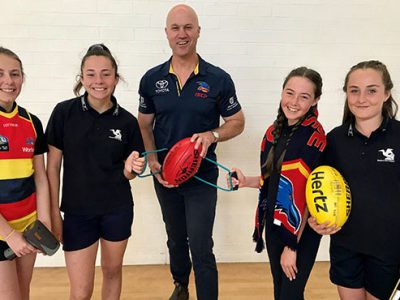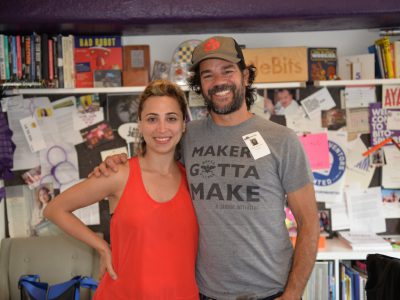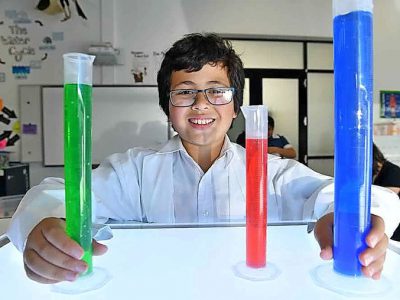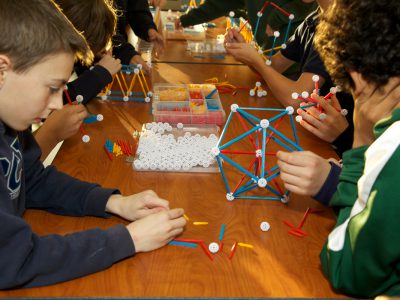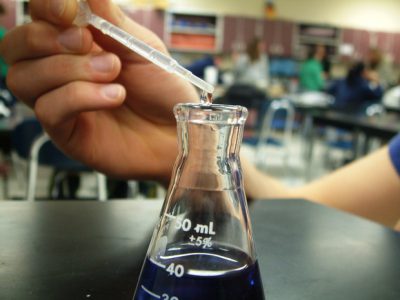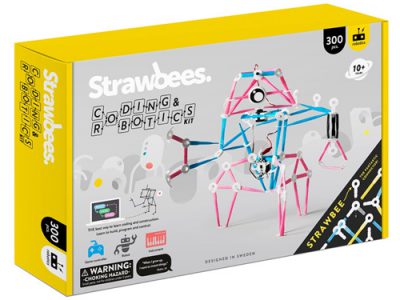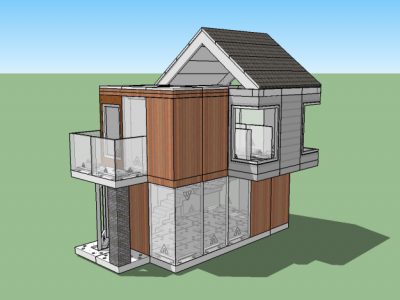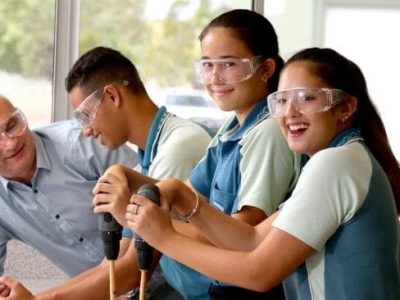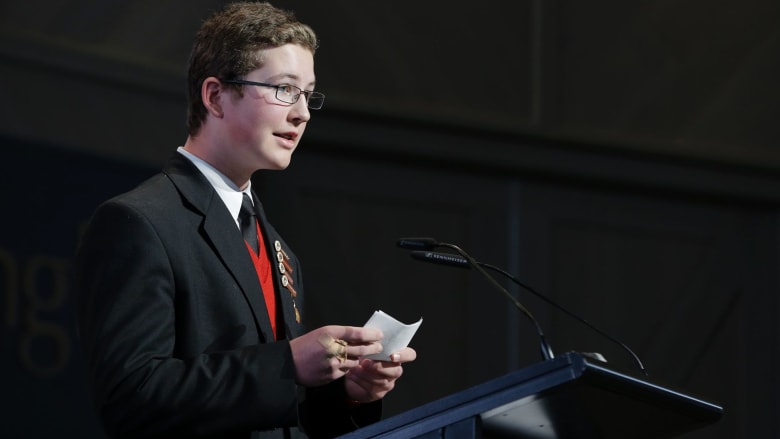
In Sydney’s south-west, members of the Macarthur Astronomical Society – some retired professional astronomers, others keen amateurs – mentor school students, passing on a love of the night sky to future stargazers.

Year 10 Broughton Anglican College student Conrad Petrovic’s passions include physics and engineering.
Dr Rahmi Jackson, head of science at Broughton Anglican College, says the astronomers have helped his students add a creative streak to their celestial fascination by taking up astrophotography – shooting images of distant stars and planets.
Most schools embrace STEM – science, technology, maths and engineering – and add art to the mix, recognising that STEM-STEAM literacy and skills is a national focus.
Broughton Anglican has taken it further, offering STEM scholarships to high-ability students entering years 7 and 11.
Year 10 student Conrad Petrovic, whose passions include physics, was awarded a Broughton scholarship last year.
“More recently, I have become interested in areas of civil, mechanical and structural engineering, which applies many areas of physics and maths to real-world situations, but also offers the chance for creativity and design, which I also enjoy,” he says.
The STEM path has seen Conrad meet Dr Karl Kruszelnciki and NASA astronaut Dr Greg Chamitoff.
In 2017, Conrad beat more than 400 students to win an ASTA – Education Perfect STEM Challenge with his design of a water purification device, and come third at a University of Wollongong Science Fair for his experiment on diffraction patterns.
This year, Conrad has taken part in CSIRO’s CREST program, NSW Young Scientist Awards, Da Vinci Decathlon, ASTA SPECTRA science, Tournament of Minds and Zero Robotics competitions.
Broughton started offering reduced-fee STEM scholarships last year. Next year, three STEM scholarship students will start in year 7 and one in year 11.
Broughton isn’t alone – Sydney’s Hills Grammar School opportunities include a new STEM scholarship, while Sydney Grammar School, which offers up to 25 scholarship places a year, has for some time expressly stated on its website: “If you love science or maths, languages and reading, and you are also keen on music, debating, drama or sport, then you should think very seriously about coming here.”
As with most NSW private high schools offering full or part-fee scholarships, Hills Grammar candidates sit a scholarship test. Shortlisted candidates then submit a portfolio and references and attend an interview.
SCEGGS Darlinghurst’s diverse scholarship program has long included the Joan Freeman Science Scholarship for years 10-11. St Joseph’s College Hunters Hill offers a maths scholarship to year 10 candidates.
A whole-school approach to project-based STEM–STEAM learning has emerged across many schools, private and public, which sees students tinkering, making and problem solving, and taking part in competitions all the way to international science, maths, engineering and robotics competitions.
Australia has a target of being placed in the top five countries by 2025 for school student reading, maths and science.
One underlying national objective of STEM education is economic. STEM fosters innovation, which in turn may deliver new sources of growth.
The employment prospects for STEM university graduates in Australia also tend to be better than those of non-STEM graduates.
Non-economic benefits of STEM literacy are said to include analytical thinking, critical thinking and problem-solving skills.
“STEM is really important and will open up potential employment opportunities for students in future,” Dr Jackson says. “We want to encourage these students to become ambassadors and mentors within our student body.”
Having high-achieving STEM students lifts the experience for everyone, he adds.
“We’ve built quite a wide range of science opportunities for kids, to raise the platform of what they expect to do here. Any student who comes to the college and shows an interest in STEM can access all kinds of different challenges.”
For Conrad Petrovic, the scholarship allows him to hone areas in which he’d like to focus his talents. “In the future, I would really love to become a civil engineer, mainly because it allows me to apply elements of physics, maths and design in the community on real-world projects, and solve issues in society,” he says.

